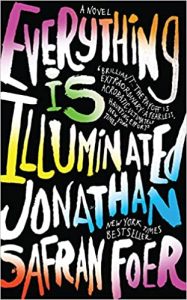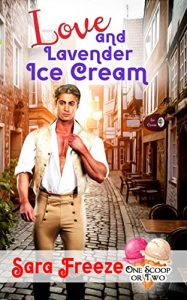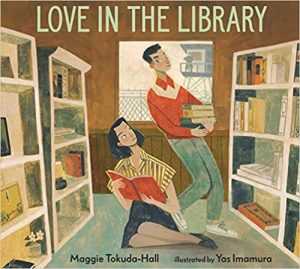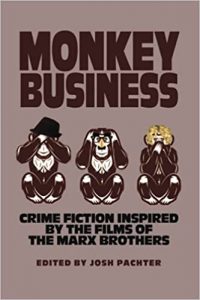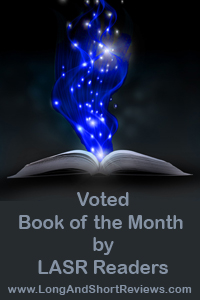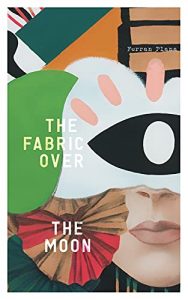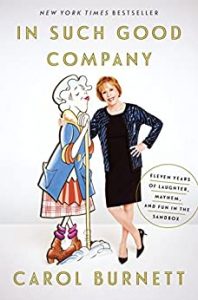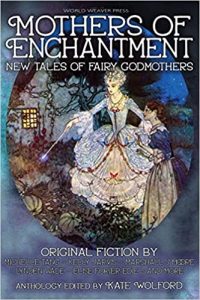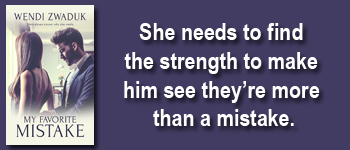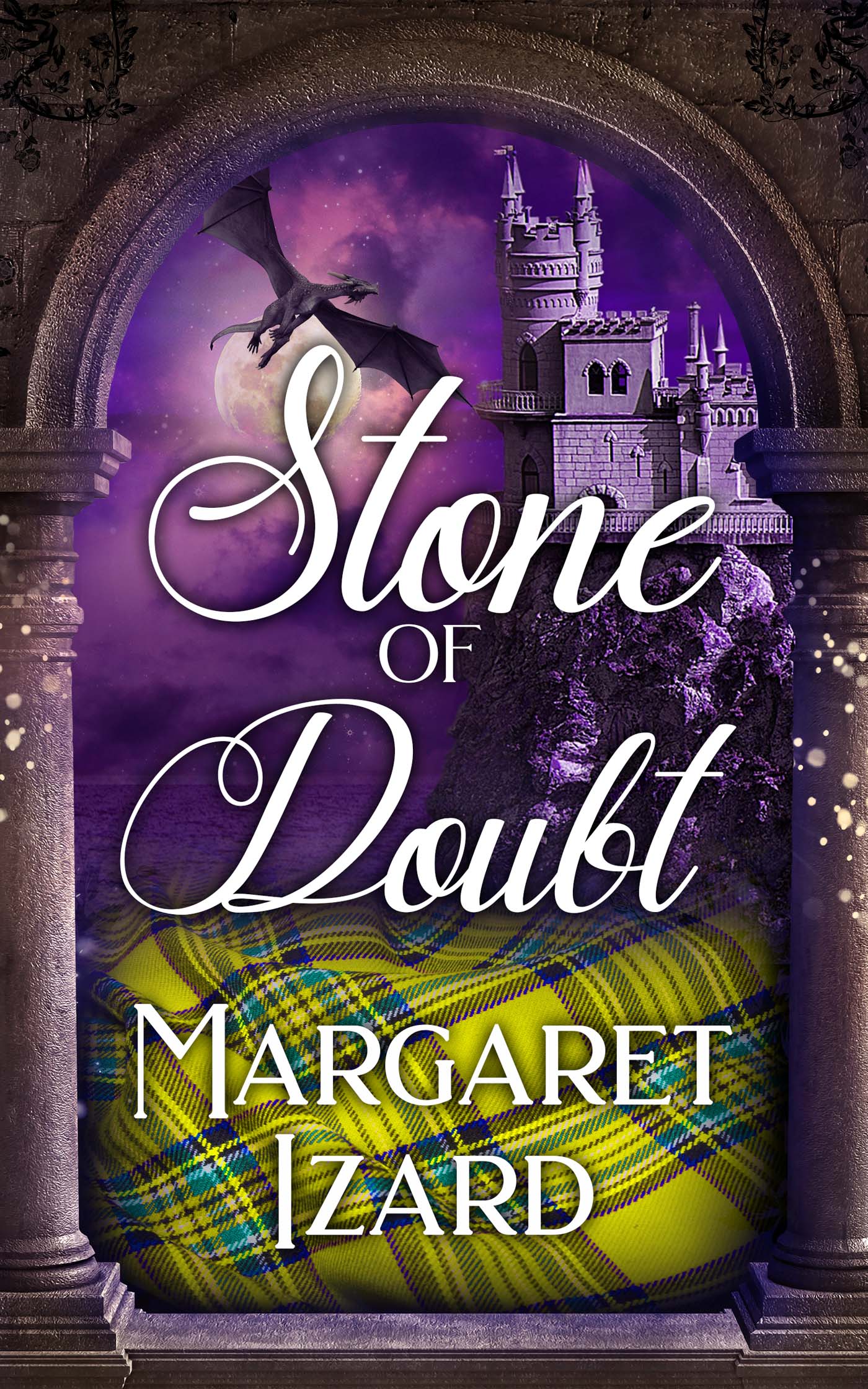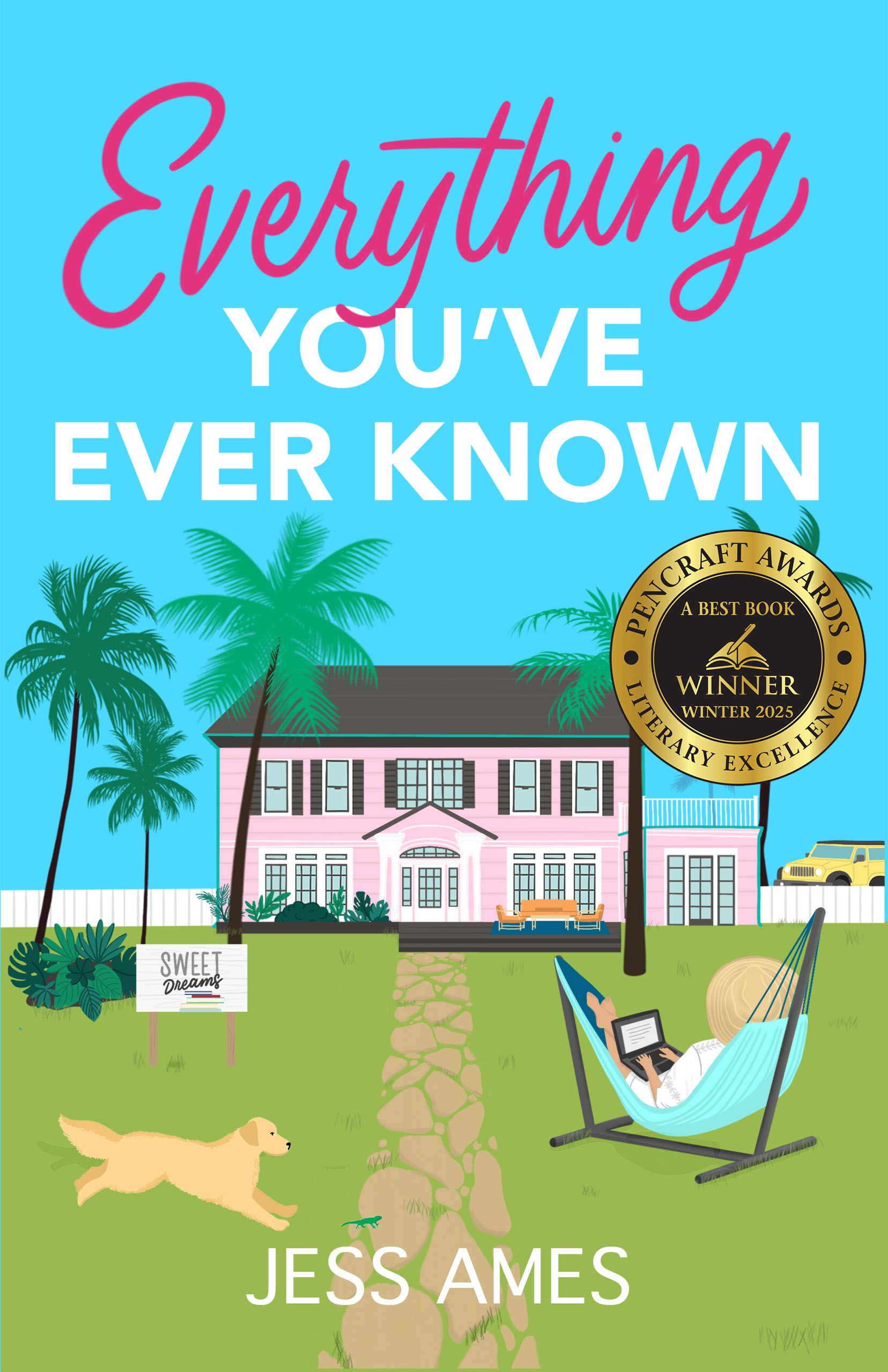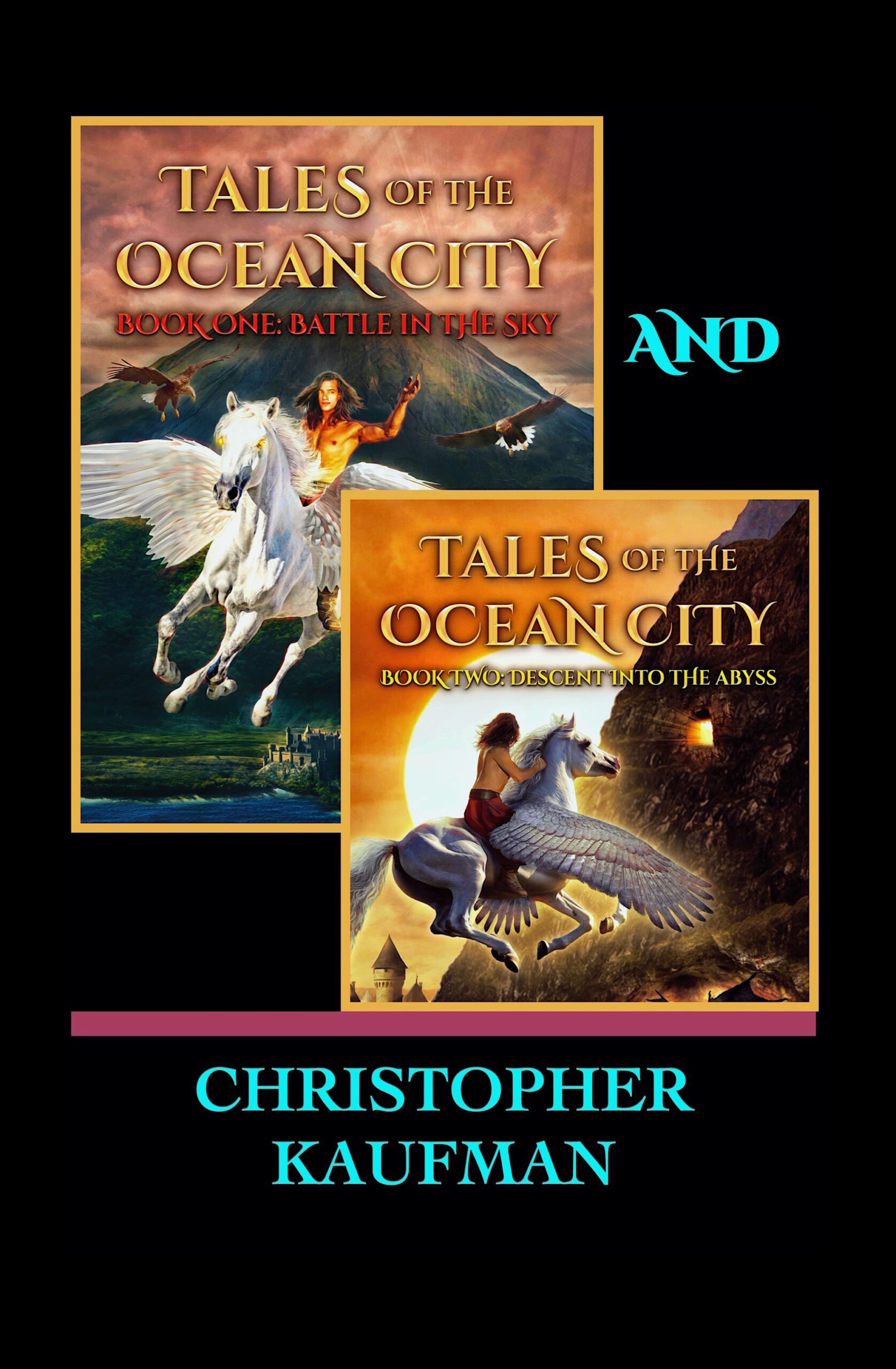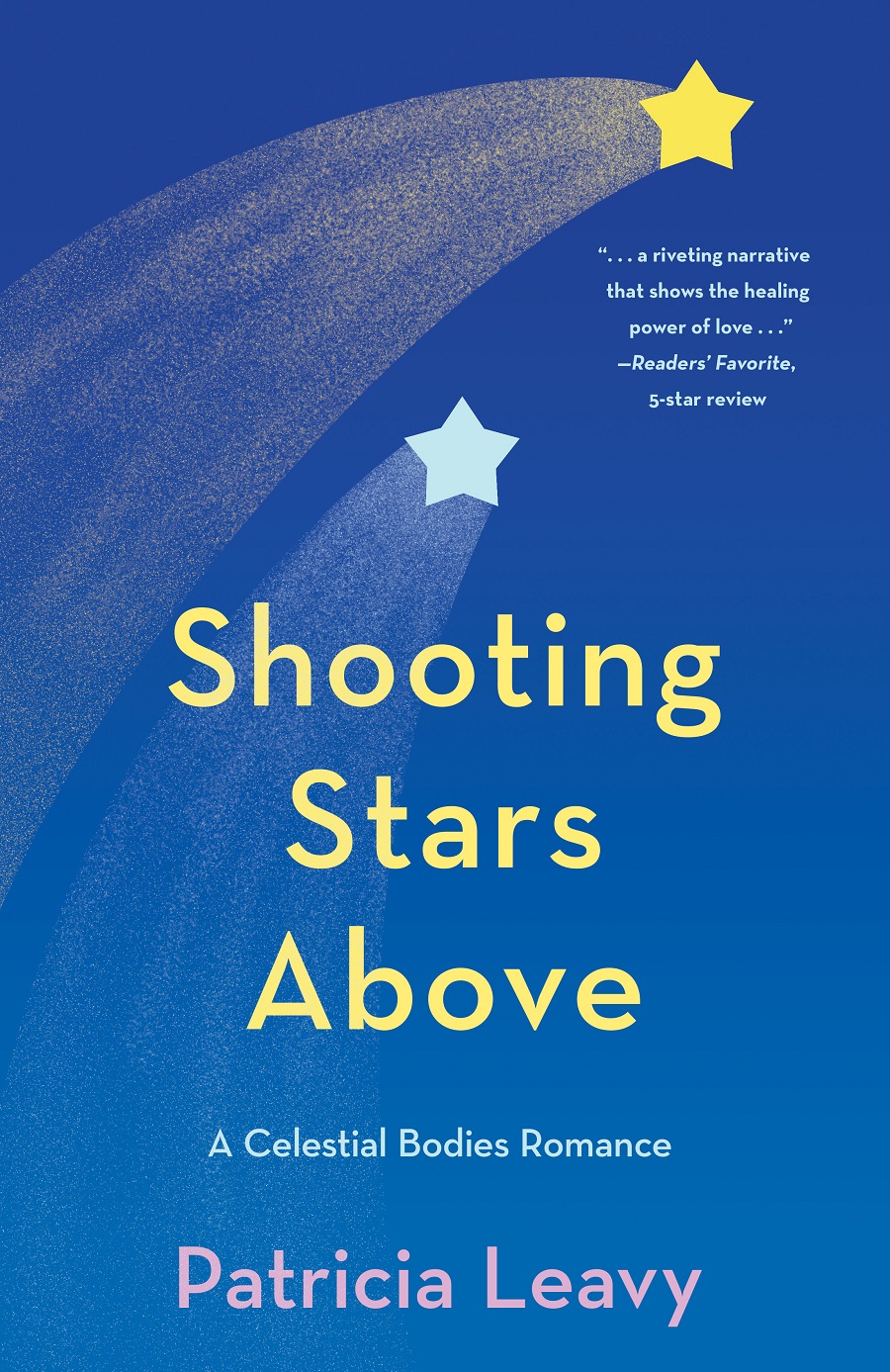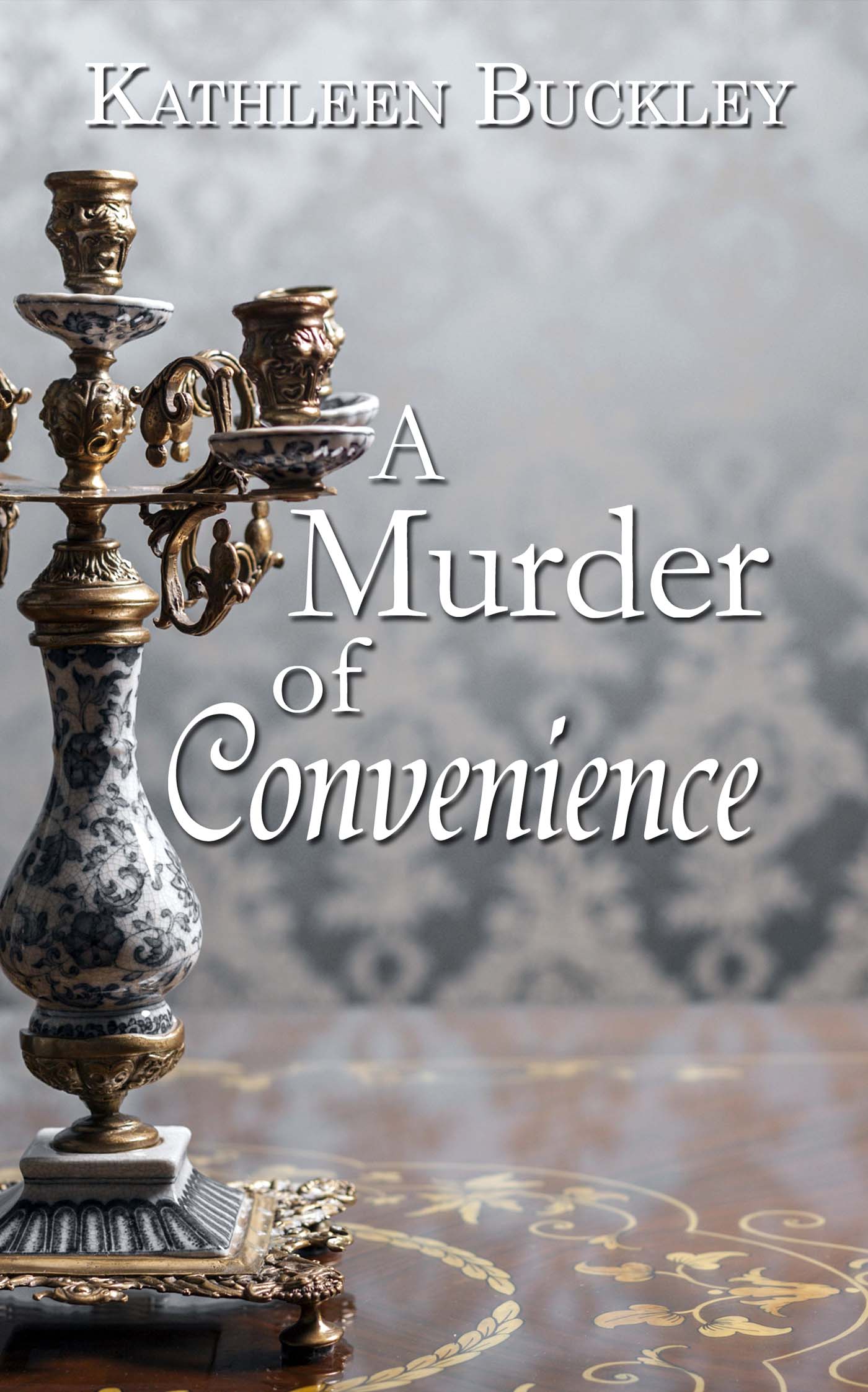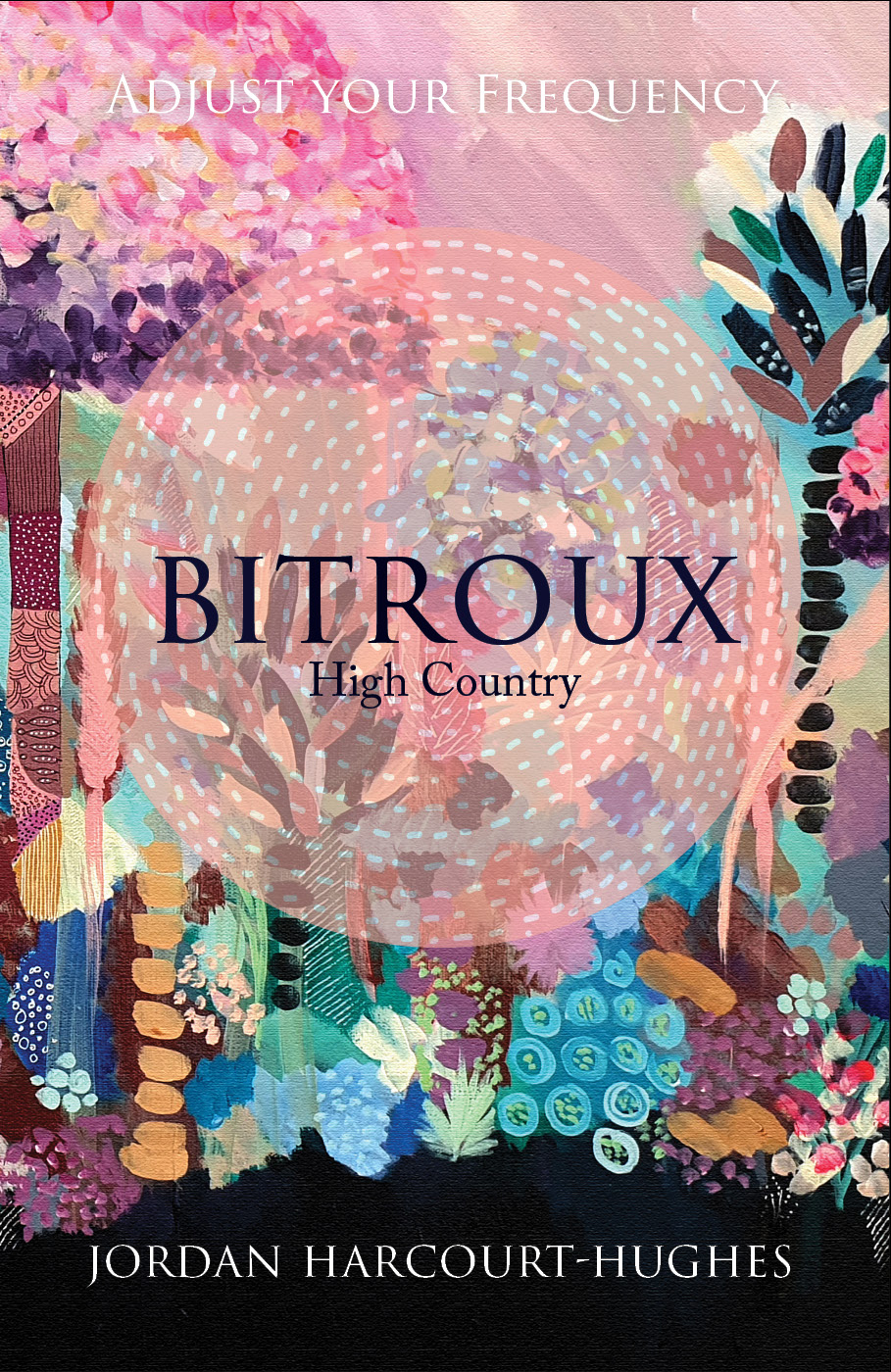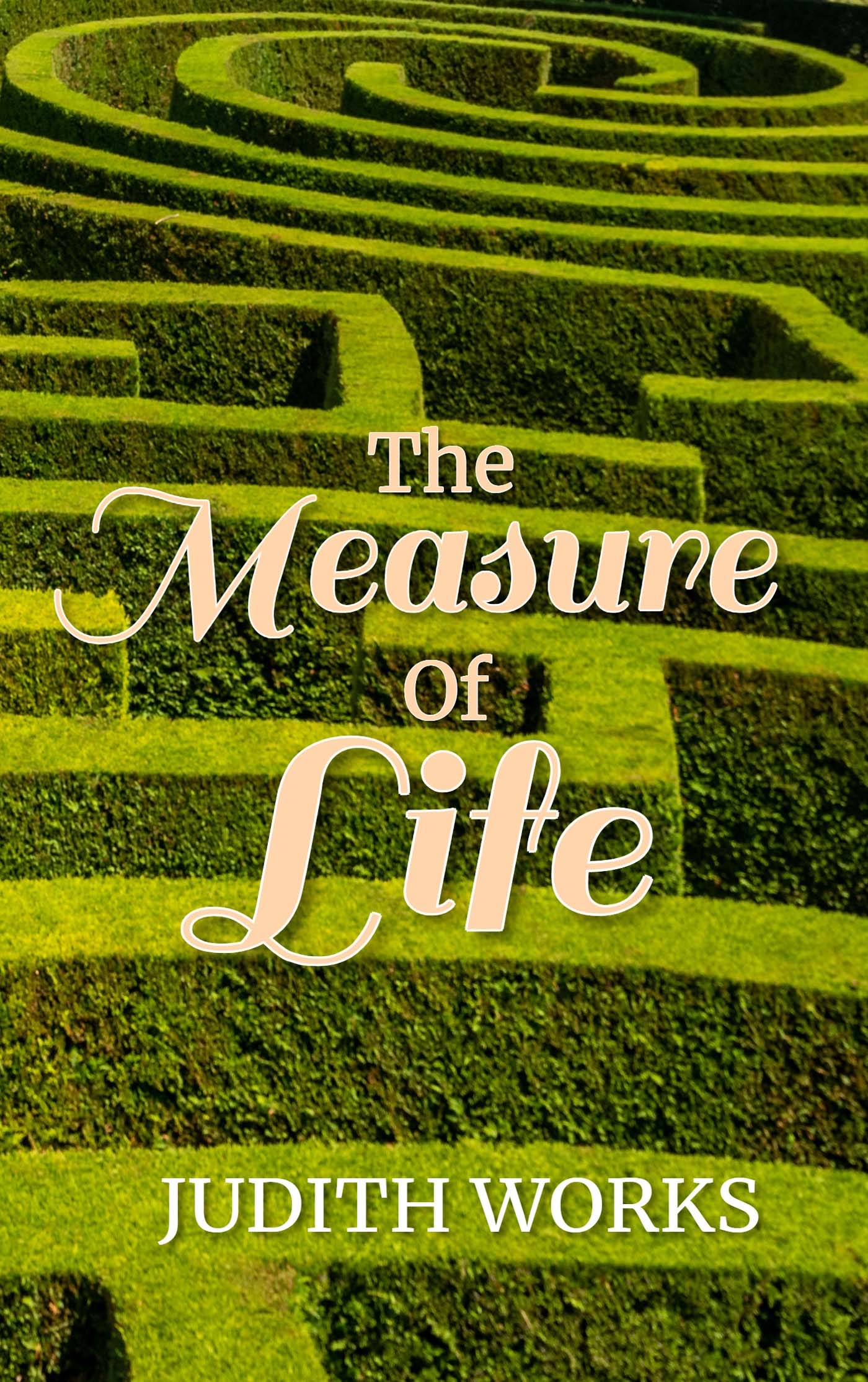Everything is Illuminated by Jonathan Safran Foer
Publisher: Mariner Books
Genre: Historical, Fiction
Rating: 3 stars
Review by SnowdropWith only a yellowing photograph in hand, a young man—also named Jonathan Safran Foer—sets out to find the woman who might or might not have saved his grandfather from the Nazis.
Accompanied by an old man haunted by memories of the war, an amorous dog named Sammy Davis, Junior, Junior, and the unforgettable Alex, a young Ukrainian translator who speaks in a sublimely butchered English, Jonathan is led on a quixotic journey over a devastated landscape and into an unexpected past.
As their adventure unfolds, Jonathan imagines the history of his grandfather’s village, conjuring a magical fable of startling symmetries that unite generations across time. As his search moves back in time, the fantastical history moves forward, until reality collides with fiction in a heart-stopping scene of extraordinary power.
This is a book about a young boy who finds an old, yellowed photo and is determined to find a lady in it who possibly saved his grandfather. It’s a look back upon a time of war and of the Nazis obliterating everything. It leads to many old memories, good, funny, and sad.
Everything is Illuminated has won many awards. It’s praised by the NY Times, Library Journal, the Washington Post, and many more. The author, Jonathan Safran Foer, was only 21 when he wrote it. In that view, it is amazing that such a work was written and published. It was even made into a movie. I found it difficult to read. Not because of its vulgarisms although there are many, but more so due to the broken English spoken by their translator who travels with them to the place where his grandfather lived. There are times it is hard to read because of the Holocaust and the treatment of the Jews, but that is not badly written, only hard to read because of the subject.
The author named the main character after himself. It caused me to wonder if the story was in its own way autobiographical as well as fictitious? There are some very poignant moments in Jonathan Safran’s journey. I wonder if the author has experienced the same feelings, the same sadness? It may be why although somewhat difficult to read, there can be no question the book is well-written. There are moments that come together and make you feel ashamed that you did not have to share the horror the Jews did during the war. Moments so well-written that you feel that you understand and yet know that you can never understand what the Jewish people experienced.
Is this a book you should read? I think it’s an experience many would gain from. It might be a story you shouldn’t pass by.
